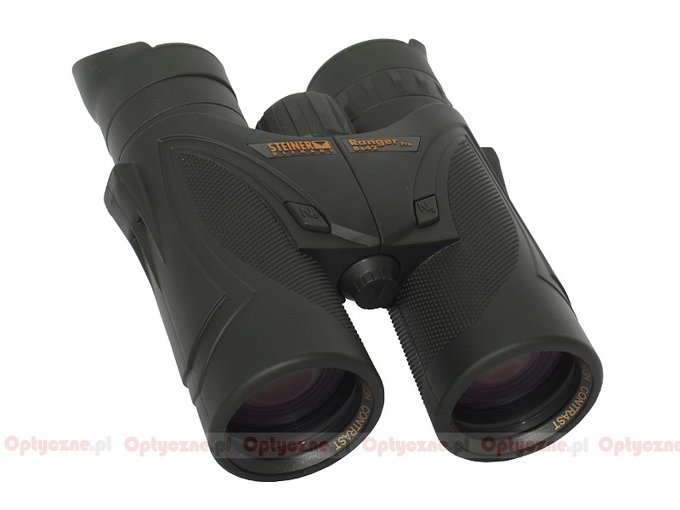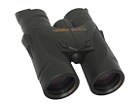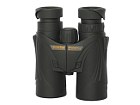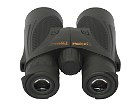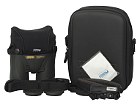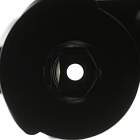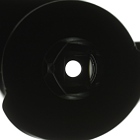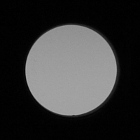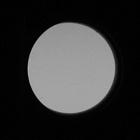Steiner Ranger Pro 8x42
At the beginning of 2009 Steiner decided to substitute the Ranger series by new Ranger Pro binoculars. Not only the number of models was changed but also some of their basic parameters and the prism system as well. Currently the Ranger Pro series includes four devices with the following parameters: 8x32, 8x42, 10x42 and 8x56. All of these are roof prism Schmidt-Pechan instruments. They also feature very solid and original casings which are waterproof up to a depth of 3 meters, nitrogen-filled (with the possibility of refilling) and they can work in the temperature range from –20 to +80 degrees C.
All air-to-glass surfaces are multicoated and prisms – additionally phase corrected. The producer doesn’t specify what reflection coatings are covering the Schmidt-Pechan prisms, though. The buyer gets front caps, attached to the casing on special straps, a cloth hood for eyepieces, straps and a hard case. The binoculars comes with a 10-year guarantee period.
| Magnification | Lens diameter | Angular field of view | Prisms | Eye relief | Weight | Price |
|---|---|---|---|---|---|---|
| 8 | 42 | 122/1000(7o) | BaK-4/roof | ? mm | 790 g | 1850 PLN |
Summary
Pros:
- very solid, stylishly interesting casing,
- negligible astigmatism,
- slight lightness fall-off on the edge of the field of view,
- good whiteness rendering,
- excellent blackening and cleanliness inside the inner tubes,
- good quality of prisms.
Cons:
- noticeably truncated exit pupils,
- significant chromatic aberration on the edge of the field of view.
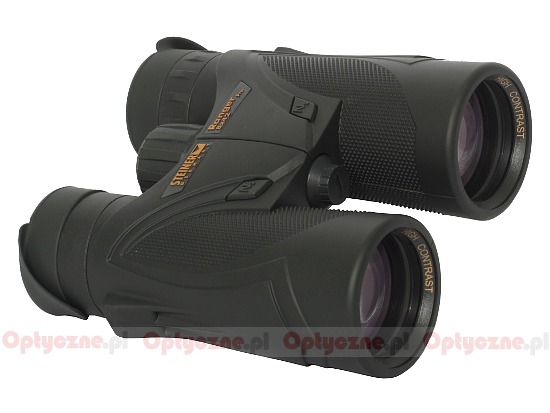 |
A solid piece of equipment – such expression comes to your mind after glancing at the chart with test results and the binoculars themselves. Not outstanding, not sensational, simply solid. In most categories the binoculars get medium or good scores; their build quality is impeccable and it comes with a ten-year guarantee from a renowned producer. The device has two slip-ups concerning truncated exit pupils and too high chromatic aberration. You can also have some reservations about the transmission which graph is presented below. We know Steiner can produce brilliant antireflection coatings so it’s a pity they didn’t use a bit better ones in the Ranger Pro.
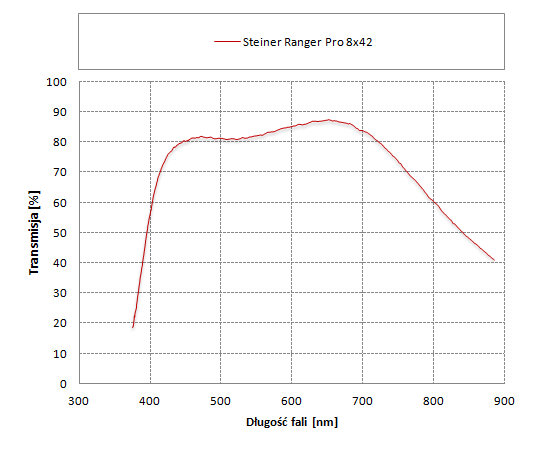 |
I can understand the Steiner’s tactics – they support decent mechanics more than great optics. It is obvious for 400-500 Euro you can buy a better pair of binoculars than the Ranger Pro. However, for the same sum of money I really doubt you can find a piece of equipment more solidly made.
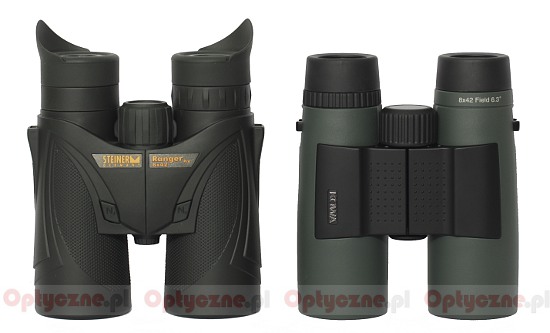 Steiner Ranger Pro 8×42 and Kowa BD 8×42 |
The fact that Steiner offers two very similar series of binoculars is less understandable, though (I speak here about the Rangers Pro and the SkyHawk Pro instruments); additionally they have almost the same price and they differ only in the target group. A good pair of 8x42 binoculars is simply a good 8x42 instrument, no matter whether it is used by a bird watcher, a hunter or a tourist; such an artificial division is a bit strange. Making those series more distinguishable from each other when it comes to the price and their performance would be a far better approach. For instance one of them could be kept as it is and the second one could consist of optically better models but with a price tag on average by 200-300 Euro higher. Customers would enjoy a better choice and Steiner – a wider line-up. In the current form the differences between the Rangers and the SkyHawks are, in fact, negligible.





